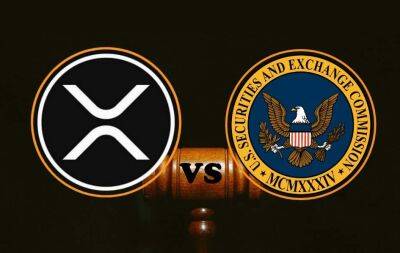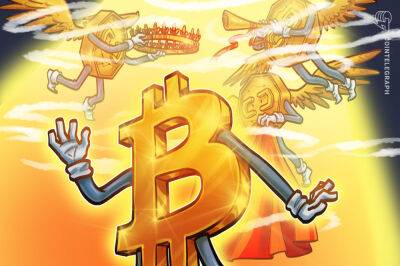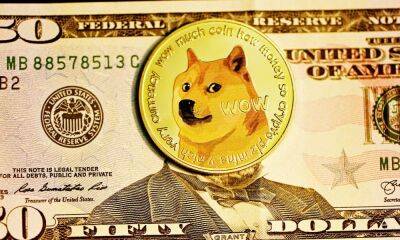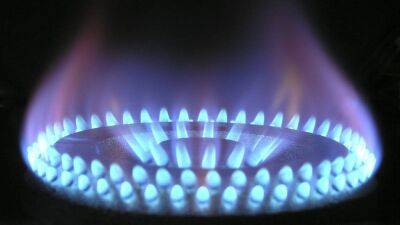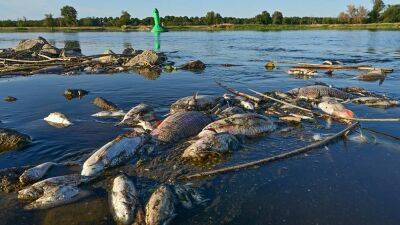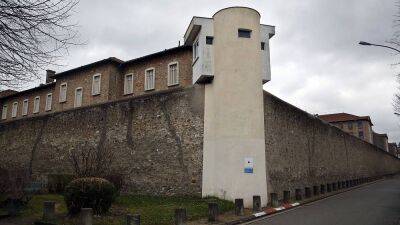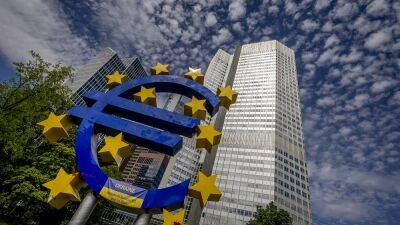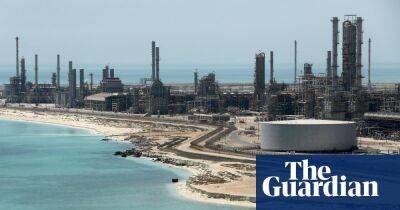Europe on the brink: the states battling to stave off recession
Almost six months after Vladimir Putin ordered Russian troops into Ukraine, the extent of the damage to the European economy is becoming clear. The red lights of recession are flashing.
The eurozone’s big four economies – Germany, France, Italy and Spain – have all had their growth forecasts for 2023 downgraded by the International Monetary Fund, as a combination of the war and higher interest rates put a brake on activity.
In the UK, inflation is above 10% for the first time in 40 years as households struggle with rising energy bills. The Bank of England forecasts inflation will peak above 13% in autumn after a fresh increase in energy costs, while the economy will fall into a lengthy recession.
While Britain is contending with additional pressures from Brexit, the impact of soaring energy prices, supply chain disruption, shortages of workers and drought are also hitting the rest of Europe. Analysts at the Economist Intelligence Unit say the pain could go on for some time, because countries must wean themselves off Russian hydrocarbons, and building up renewables as an alternative will take time.
“In the near term we expect a recession in Europe in the winter of 2022-23 as a result of energy shortages and sustained elevated inflation”, the EIU said. “The winter of 2023-24 will also be challenging, and so we expect high inflation and sluggish growth until at least 2024.”
Here we assess the chances of recession in the EU – and Russia.
Europe’s largest economy is in the centre of the storm, as the energy crisis, months without rainfall, and a breakdown in global trade batter its manufacturing base. Economic growth slowed to stall speed in the second quarter and is likely to turn negative in the coming months.
“It will need an
Read more on theguardian.com


